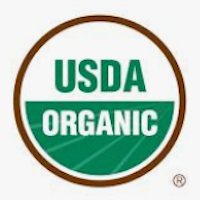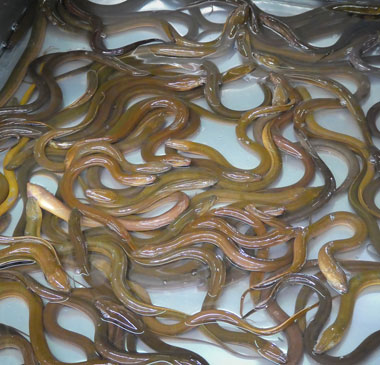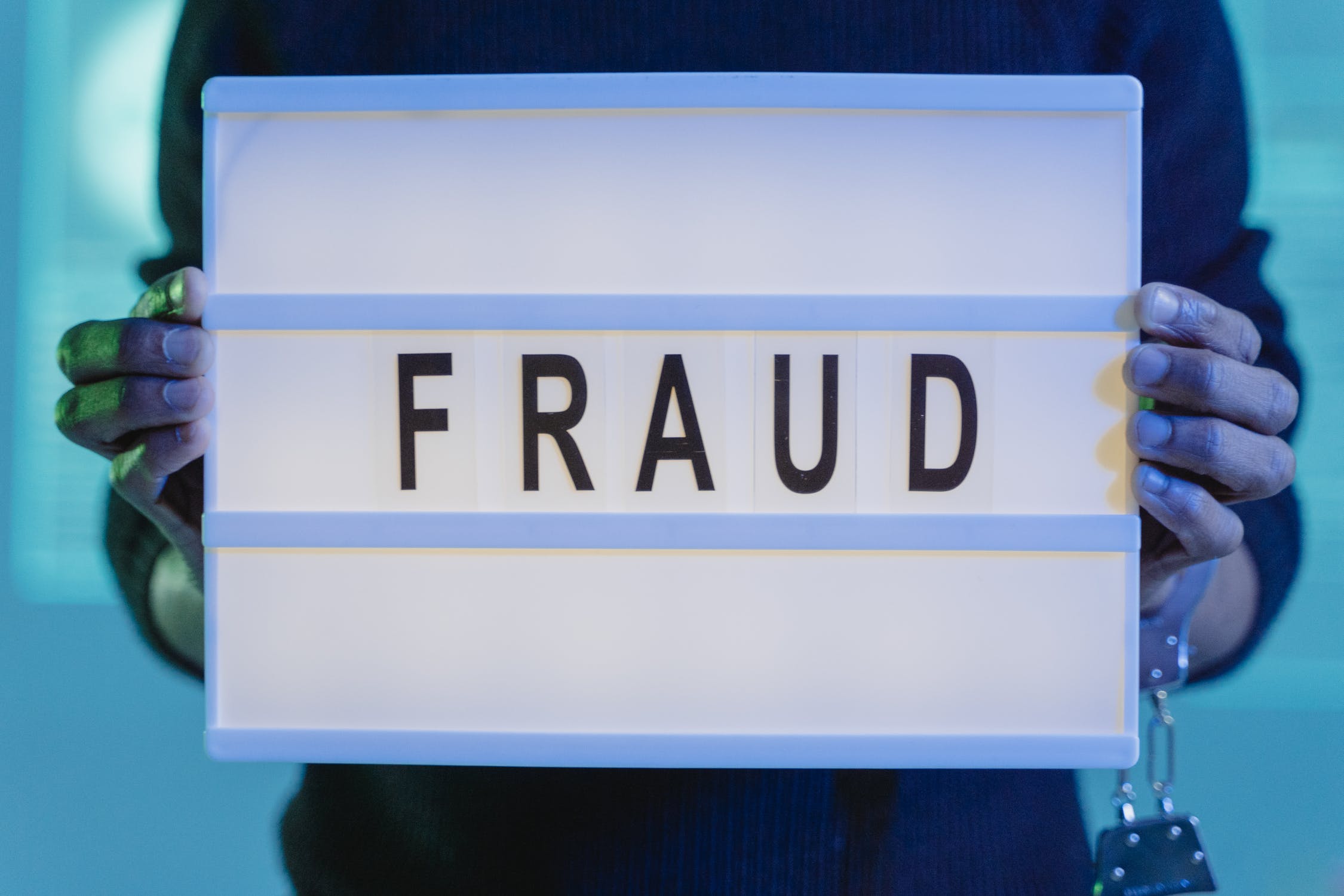

On March 19, 2024, the USDA implemented revised regulations on organic foods. The overall purpose of the revisions is to strengthen enforcement of the regulations, with a focus on greater accountability for organic food fraud.

On March 19, 2024, the USDA implemented revised regulations on organic foods. The overall purpose of the revisions is to strengthen enforcement of the regulations, with a focus on greater accountability for organic food fraud.

Horse meat fraud is highly lucrative, largely because there is an abundant supply of product. It’s no wonder these cases have been showing up around the globe—both in countries that consume horse meat and those that do not.

Coconut water and coconut milk are vulnerable to food fraud thanks to the low cost and ease of access to difficult-to-detect adulterants, some of which can pose serious risk to consumers.

Their poorly understood breeding patterns and endangered species status make eels particularly vulnerable to illegal trading and international smuggling.

GFSI acts as an official observer to Codex, providing input and recommendations, and is also observing to help ensure this work does not reinvent the wheel, but identifies, collects and utilizes existing work from experts that have been working on this topic for the past decade.

A blockchain solution is set up to fight counterfeit products.

Illegal blue color was found in snack food.

Trade sanctions make Iranian Saffron an easy target for fraudsters.

DNA tests reveal meat- and lobster-ball contents were fraudulent.

A low-cost analytical method is introduced to verify place of origin for olive oil.